Is Anxiety a Noun?
The ability to sense our internal environment and make choices about what to do with that information is at the core of healthy functioning. This can be more difficult than it sounds, because acute events and/or chronic, unprocessed stress can alter how we sense our internal (and external) state.
We generalize and say you have “anxiety” or some other stress related disorder, when in reality you have a dynamic interplay between, sensations, emotions, perceptions, and thoughts that create the meta experience. This can be dramatically different between people, and the differences are not random or trivial.
A place to start is to turn your attention inward and see what part of your body draws your attention first. It will usually be a place of discomfort, because we all have a negative bias (it’s actually a survival skill), and take a second to register what it feels like directly.
Notice the difference between sensation-based and emotion-based descriptions. “I feel pressure in my chest” vs. “I feel anxious in my chest.” Anxiety can feel like a lot of things to a lot of people, so I encourage you to start with sensation-based descriptors to map your internal experience.
If you encounter an uncomfortable area of your body, feel it for a few moments, and then see if you can become aware of the opposite experience somewhere else. What part of your body feels the best, or at the very least, less bad?
See what happens when you develop this dual consciousness of the two experiences. Notice how the sensations change moment to moment. Feel how your system may tighten and relax in subtle ways as you stick with the sensations; instead of constricting or dissociating away from them. It’s through these cycles of conscious contraction and release that the nervous system balances itself.
If you notice resistance to practicing dual consciousness, your system could be telling you that dissociation plays an important role in organizing your stress/anxiety symptoms. That’s ok, it’s just information. Continue to notice and see what happens next.
